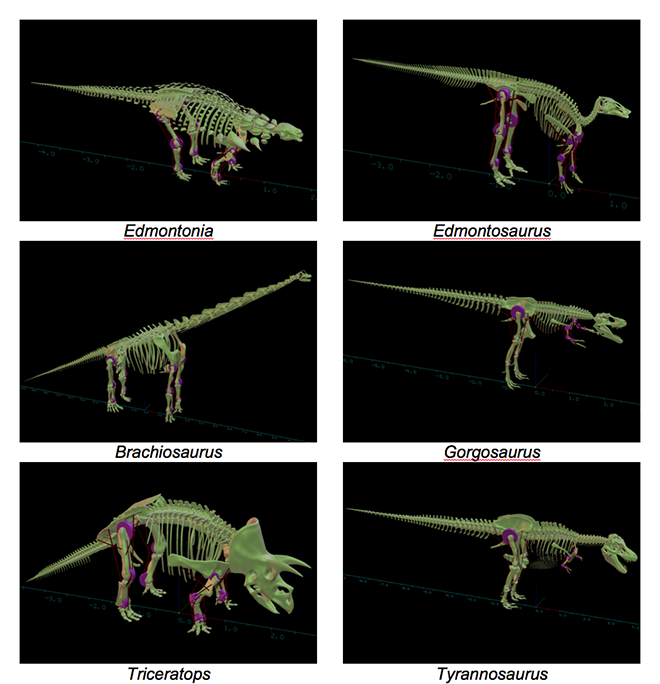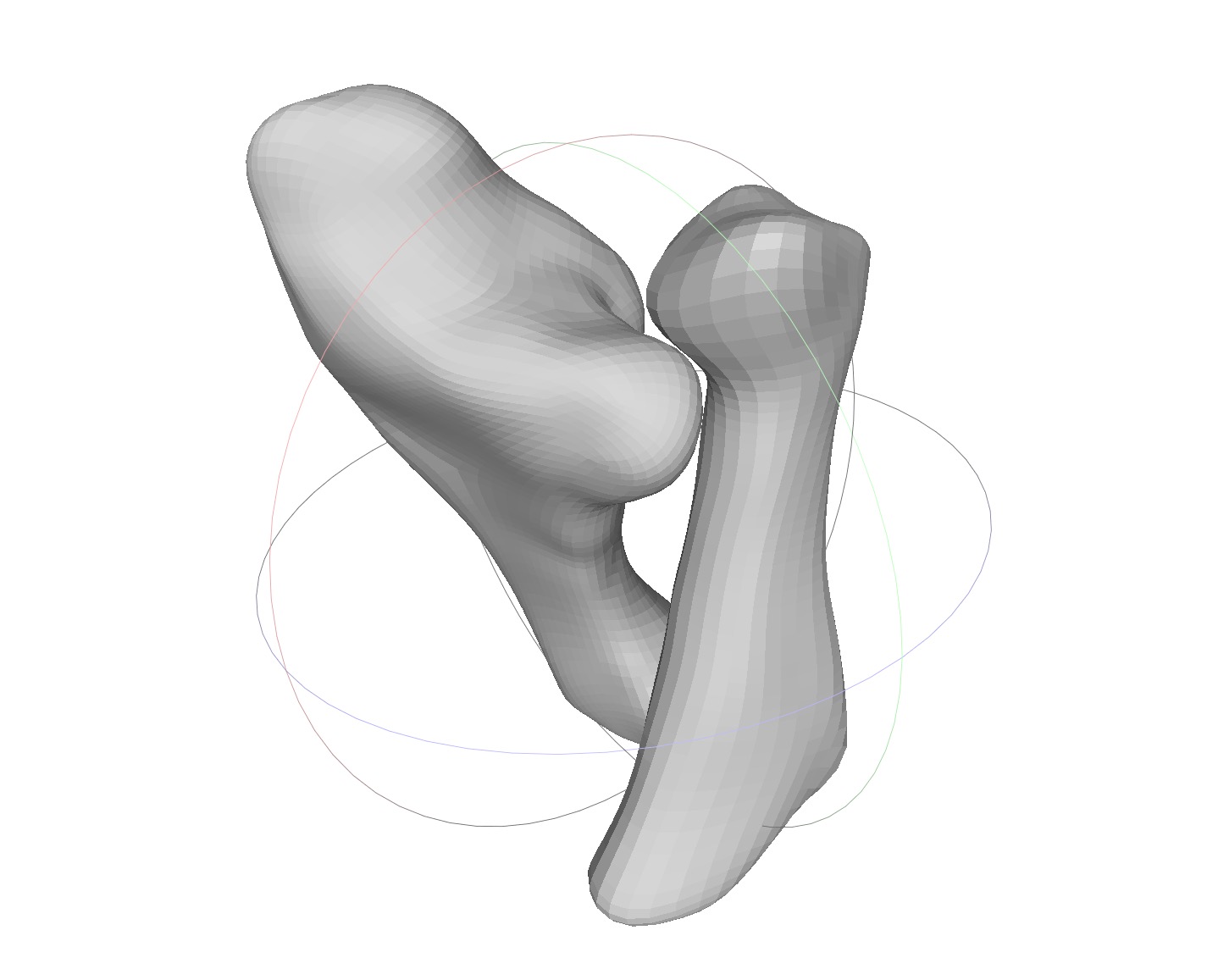
This week’s selection is the ambitious Kinect Controlled Dinosaurs by the Animal Simulation Laboratory at the University of Manchester in the UK.
This Lab explores biomechanics in a very advanced manner. They explain their work:
We use a systems biology approach where we combine in silico simulations alongside more traditional experimental approaches to exploring adaptation and evolutionary processes. Our main focus is currently locomotor biomechanics.
They’re creating simulations of a number of animals to explore their motion and mechanics. While most of their work appears to be computationally simulated (i.e. on screen), they recently developed physical models of several dinosaurs that are not only articulated, but motorized and can be controlled by a Microsoft Kinect!
To complete one of these projects, you’ll need to download not only the 3D model files for printing the bones and required parts, but also their software, which runs under Windows (to which the Kinect is presumably attached). Six different dinosaur models are available, including:
- Edmontonia model (142MB)
- Edmontosaurus model (30MB)
- Brachiosaurus/Giraffatitan model (43MB)
- Gorgosaurus model (102MB)
- Triceratops model (40MB)
- Tyrannosaurus model (50MB)

As you can see above, these are large 3D models with plenty of details. The Edmontonia 3D model, for example, is composed of 13 .OBJ files containing dozens of parts. The foot model file alone contains 17 separate parts. Few of these files are in ready form for direct 3D printing; you will likely have to fiddle with their orientation and organize tricky support material to successfully print them.
But they are there for you: six amazing dinosaur 3D models, with the ability to make them live again, should you choose.

